The "Yes to Everything" Annunciation
A Lenten meditation on trustful acceptance and surrender.
“And coming to her, he said, “Hail, favored one! The Lord is with you.”” [Lk 1:28]
The Annunciation is not only my favorite sacred narrative depiction, (that I think every home should have a version of displayed), but also my favorite feast day. It literally ALL begins with this moment! Our salvation depends on Mary’s response. So, it is not hard to understand why this feast celebrated on March 25th now, used to mark the beginning of the calendar year, with New Year’s Day celebrations that included spectacular pyrotechnics and descending doves in my favorite Renaissance city of Florence, Italy.
There are so many parallels in this mystery of our Faith that corresponds to life this side of heaven where everything is veiled, yet fully potent. From the moment Mary agrees to cooperate with the Father’s plan of redemption and becoming the Mother of God, to letting the infant Savior be knit in her womb in hidden silence until the right moment in time when all is revealed in stages… all of this is profoundly human and characteristic of how our ordinary life of prayer and sacrifice is lived out in the everyday.
I plan to write about these themes of the Annunciation in more detail in the future. For now, since this has been a particularly unique Lent for me, from just having lost my father after a long illness at Christmas, a mere three months ago, I am eager to share a particular Annunciation painting that I first saw 25 years ago that has been front and center in my mind and is a perfect meditation for the season of Lent.
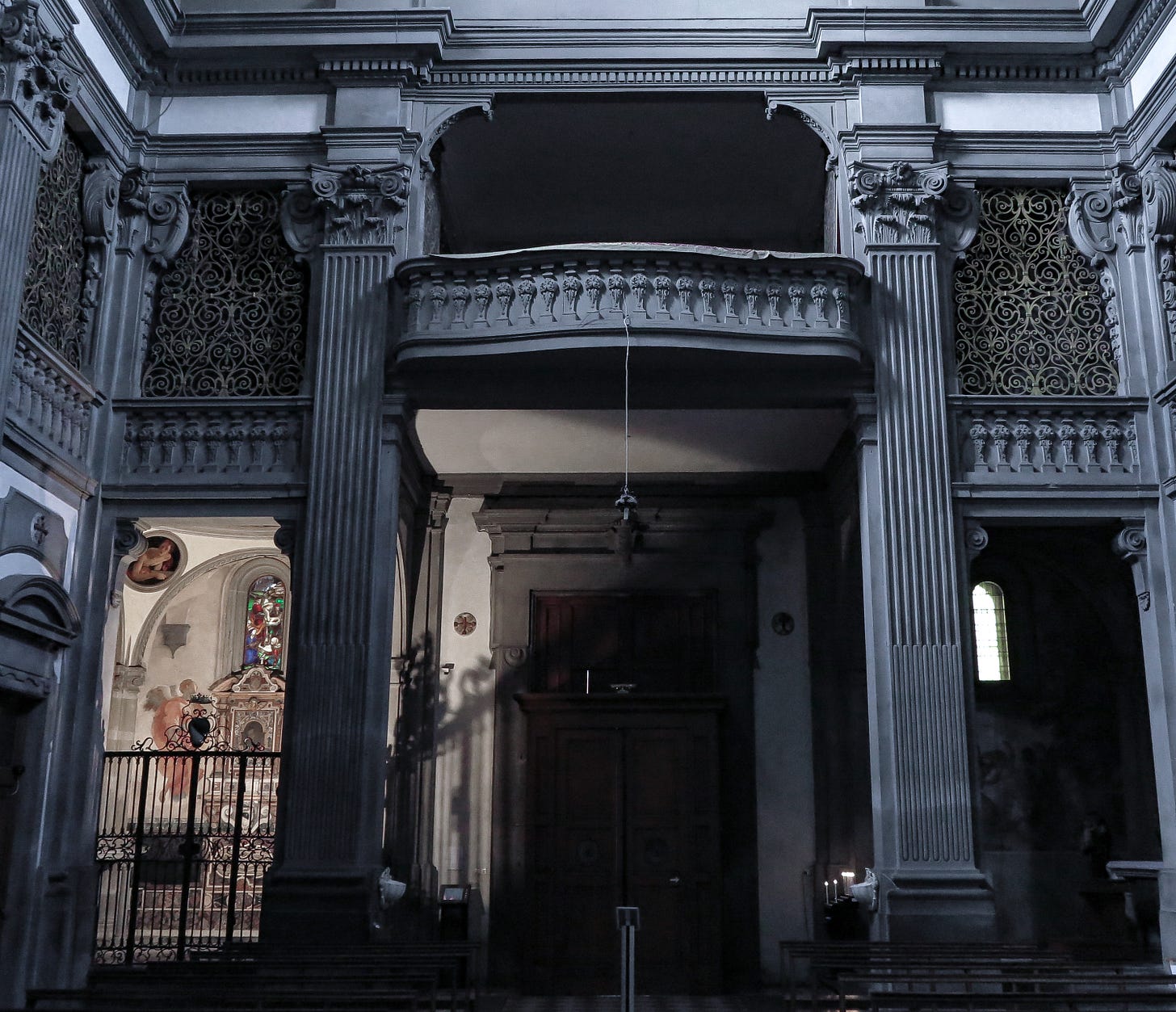
There is an often-missed church in a little, unassuming courtyard just to the left after crossing the Arno River via the famed Ponte Vecchio from the main city square of Florence, Italy.
Immediately to the right upon entrance to the church of Santa Felicita, there is a little chapel that holds a very powerful meditation opportunity, not just because it holds two breathtaking paintings by Jacopo Pontormo, but more precisely, because of how those two paintings are situated and interact together.
Incidentally, this is why art ‘in situ’ as it’s called, (art situated in the context for which it was created), holds an entirely a different potentiality than art striped of its context and hung in a museum to be observed as a lifeless artifact. Thankfully in Italy, there are still many gems left in their original places of conception – no pun intended!
For this feast of the Annunciation, I want to meditate on Pontormo’s depiction of the narrative painted approximately in the years 1527-1528.
I often engage very intentionally with the eyes of the subjects in the paintings I’m viewing and try to see what they are seeing. When contemplating this Virgin Annunciate, she looked so young and delicate as if about to speak from what is somewhat of a crumbling fresco, almost like a disappearing veil.
Her eyes were so intently gazing as something, and at first it would seem that it must have been at this vision of the angel bearing that extraordinary message. But then my eyes instinctively just kept following hers, like a beeline, to the adjacent wall and then it appeared as if she was looking at a scene of the deposition of Christ from the Cross, also by Pontormo.
“The Deposition from the Cross” is painted on wood in vibrant egg tempera and framed by an ornate frame that stands in contrast to the ethereal-looking soft fresco, yet still unmistakably by the same painter’s hand.
My heart just exploded with this entirely new sensation of imagining Mary saying, “Yes” to not just the angel Gabriel’s invitation to be the Mother of God, but that her fiat was given for all that was to come, right through to the bitter end of whatever that consent might require of her.
She could not have seen what was to come, but in her unconditional trust in God, she accepted all that might come.
This is a good moment to stop and contemplate what our response to God’s invitations have been in our own lives, whether in our broader vocations or in our day-to-day trials.
Meditation Points
Do we have any conditions or limits on how far we will stay committed to His will? What have been the typical reasons we might vier off the path He has called us? Can we gaze into Christ’s eyes and accept all that might come our way? Spend some time looking through Mary’s eyes as she contemplates the Deposition scene below.
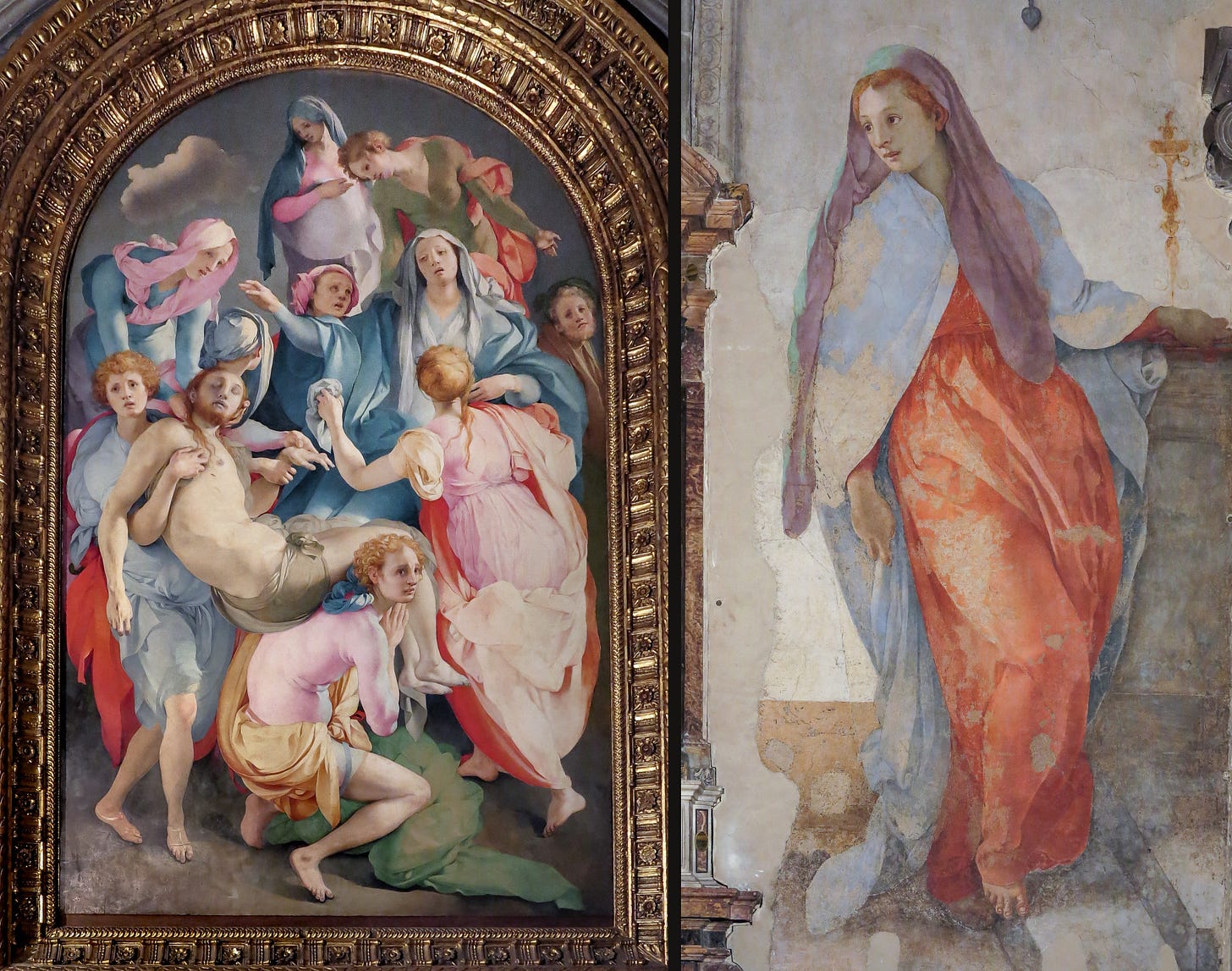
For us now with hindsight, we can connect the dots in real time and draw on actual sacramental Grace by uniting our trials to the redeeming action of the Cross, instead of fleeing any sufferings as a non-believer might be forgiven for doing.
I’d like to think Pontormo was hinting at this by how he designed the artwork for this chapel, with the Deposition being the altarpiece image where our sacrifices are made, and that Our Lady was gazing at it as if over the shoulder of the angel saying yes to everything that was to come: to be the Mother of God, and mother of the crucified Christ, and all the agony that that would bring both to Him and to her.
Pontormo’s Deposition has this feeling of a whirling, suspended chaos that I think so accurately portrays how we might feel when we experience a death or deep suffering, like time seems suspended and we are floating in something surreal and intangible. This Deposition, characteristic of the mannerist style, is quite a good image to meditate on to let yourself feel the grief that the heart needs to feel, and not repress it, because so often as Christians we might be tempted to think all will be rosy if we just follow Christ and fulfil our duties and live a sacramental life.
This image is like a spiritual time-out that says, “stay with me in this moment and feel the drama of loss.”
There was a period in art where Mary was at times depicted swooning in these deposition scenes in some form that visually paralleled Christ’s limp dead body, suggesting artistically how her heart was also pierced (to fulfill Simeon’s prophesy -Lk 2:35) and suffered willingly and completely with her Son. Are we willing to not flee from the trials that God permits and allow the pattern of Christ’s suffering to be modeled in our own bodies as it was in Mary’s?
This images also gives us a beautiful opportunity to visualize what uniting ourselves with what the moment of death to this world from our sins might look like and not rushing through it by skipping over the mourning stage, while still knowing that the Resurrection is only a matter of time.
The figure at the very bottom that is holding Christ and bearing much of the weight has these large, deep, round brown eyes that are so characteristic of Pontormo’s style, and that instantly draws us into the narrative for deeper meditation. He helps us both feel the weight and cost of Christ’s lifeless body and invites us in to examine our conscience for what our part was in the crucifixion. Are we able to identify and surrender any sins that contributed to His suffering?
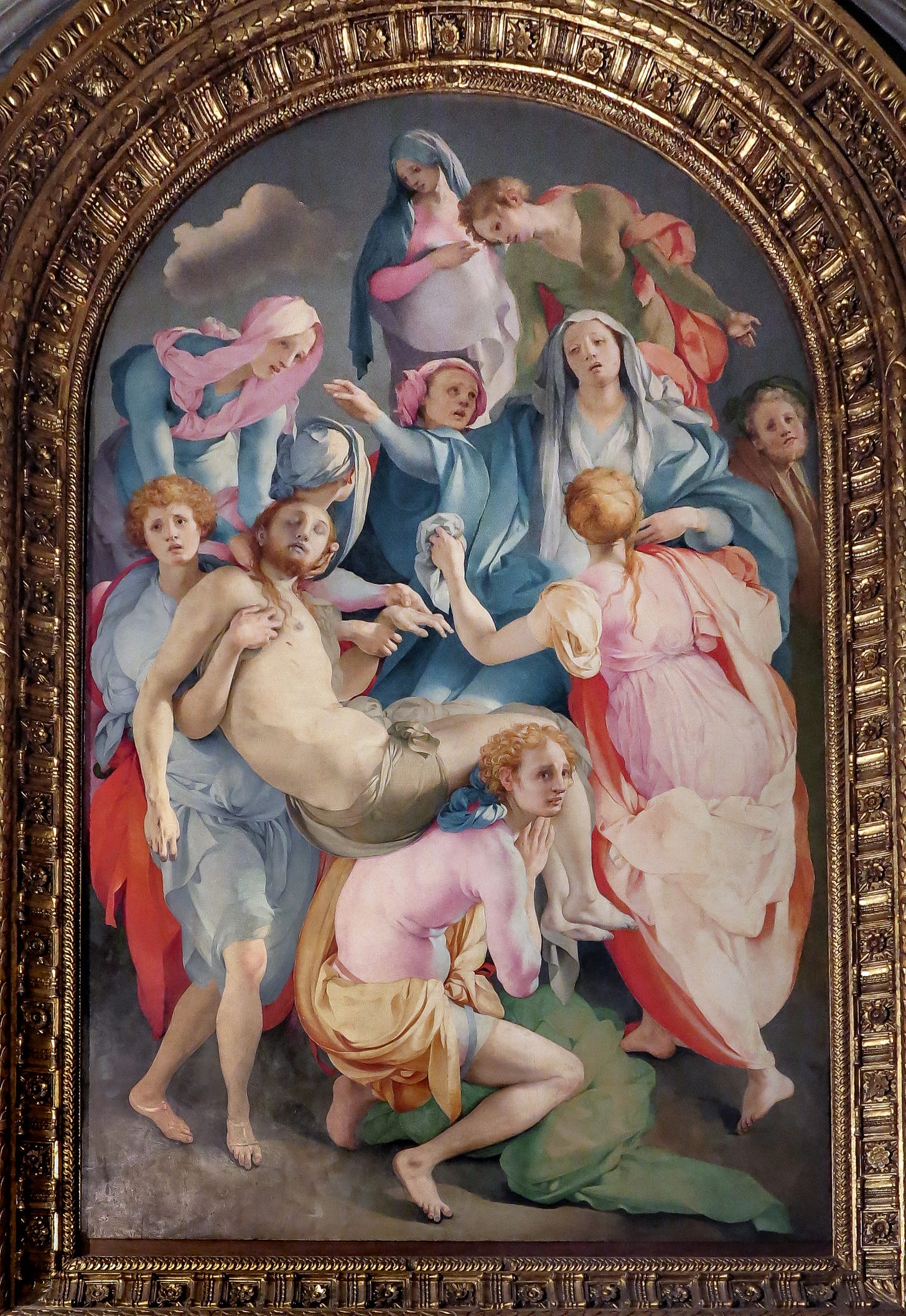
Are we willing to give our ‘yes to everything’ and let it lead us through the valley this Lent and examen ourselves deeply, knowing that we have Our Lady to help support us, as she is supported in this deposition image, in order to face the cost of our salvation?
In a way, the Annunciation is ongoing as Mary continues to say ‘yes to everything’ that the Holy Spirit asks and subsequently continues to mediate heavenly Grace to us, so we need only to surrender and ride on that wave.
Her ‘yes’ also continues to gaze upon the darkness of our unrepentant sins that perpetuates the pain of Christ’s sacrifice, most especially because of how often redemption goes unclaimed by a soul. Are we willing to make reparation for that sorrow?
This brings us to an opportunity to renew our own ‘yes’, not just for today, or in this season of Lent, but an unconditional - for all time, trustful “Yes!” as Mary offered, come what may.
As it happens, this feast is the day my husband and I got engaged in the Grotto of the Annunciation at the Franciscan Monastery in Washington, DC twelve years ago. A perfect day to commit ourselves through Mary before taking our vows at our wedding. There is a beautiful excerpt I want to conclude with from the “Exhortation Before Marriage” that used to be read to the bride and groom that makes me think of this kind of Marian ‘unconditional and surrendered’ commitment of will.
“That future, with its hopes and disappointments, its successes and its failures, its pleasures and its pains, its joys and its sorrows, is hidden from your eyes. You know that these elements are mingled in every life, and are to be expected in your own. And so not knowing what is before you, you take each other for better or for worse, for richer or for poorer, in sickness and in health, until death…We are willing to give in proportion as we love. And when love is perfect, the sacrifice is complete. God so loved the world that he gave his only-begotten Son, and the Son so loved us that he gave himself for our salvation. “Greater love than this no man hath, that a man lay down his life for his friends.””1
It is a spousal like relationship with our God that we are offered. He has shown us His love; can we show Him ours?
Self-Reflection:
Did any memories or feelings come up as you were reflecting on these images and meditation points? Were there any sensations of not wanting to dig something up? Everyone has some kind of trust wounds that can turn into bad habits or sins that act as an obstacle to saving Grace. These obstacles and sins continue to wound Christ and grieve Our Lady. This feast is a great opportunity to ask Mary to help us give our ‘yes’ without reservation as she did. Let us resolve to bring any impediments we are holding onto to the altar for sacrifice and the confessional for redemption so that we can say wholeheartedly with Mary:
“Let it be done to me according to Thy word.” [Lk 1:38]
You might also like:
De La Tour’s Repentant Magdalen and a Cherry Blossom Sunrise
We can only really see ourselves by way of reflection in an effort to try to be objective.
Thank you for reading and I hope it was edifying! To support more of this work, have a look at my SHOP and share my artwork created to help facilitate intimacy with Christ through beauty.
And don’t forget to subscribe, it’s FREE!
Photography and text by Renata Grzan Wieczorek. All Rights Reserved.
Exhortation Before Marriage from Pre Vatican II Nuptial Mass. See this great PDF for the entire exhortation.


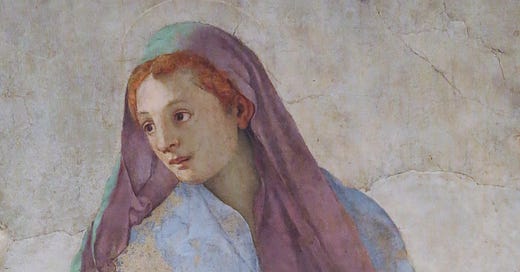



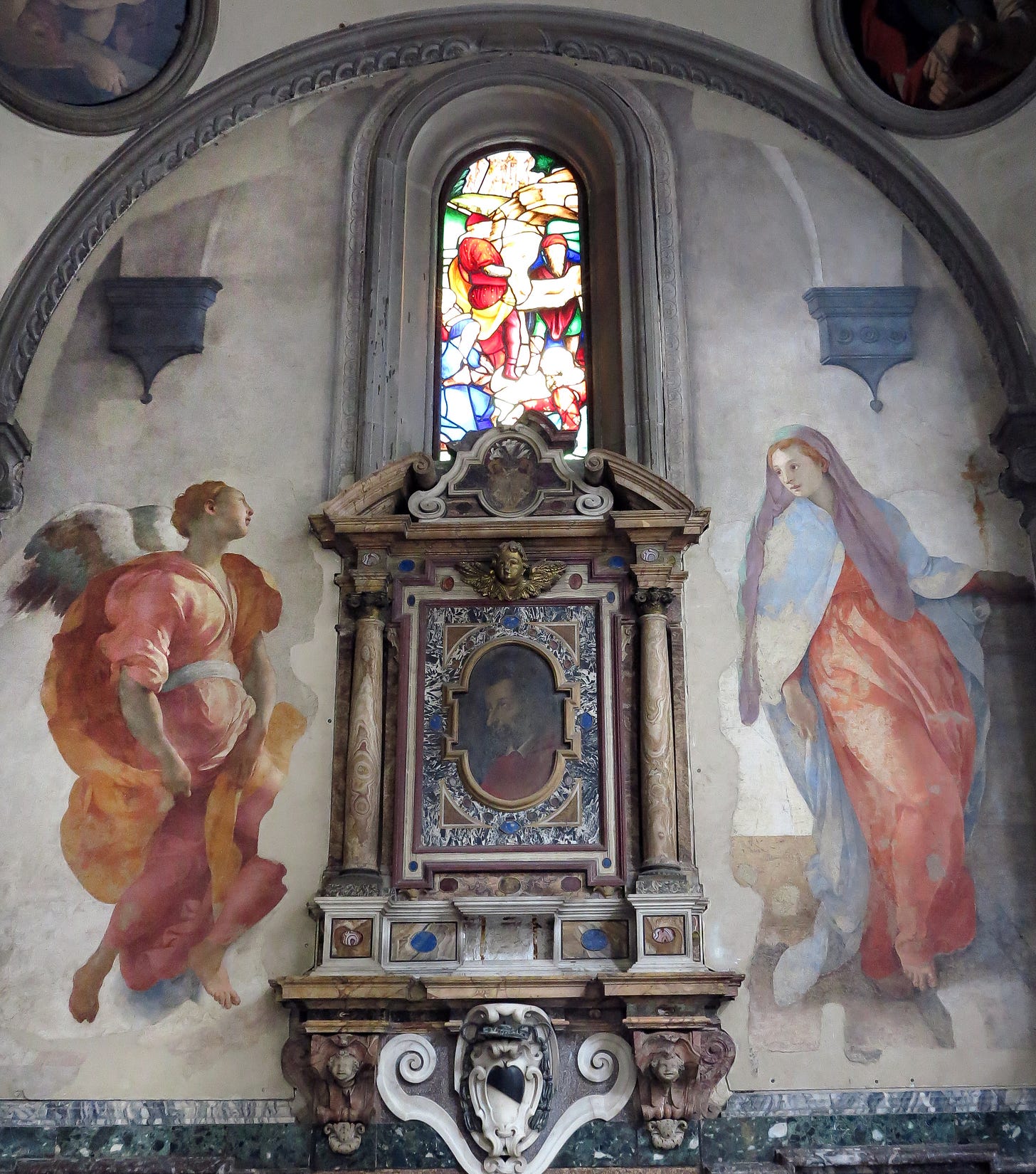
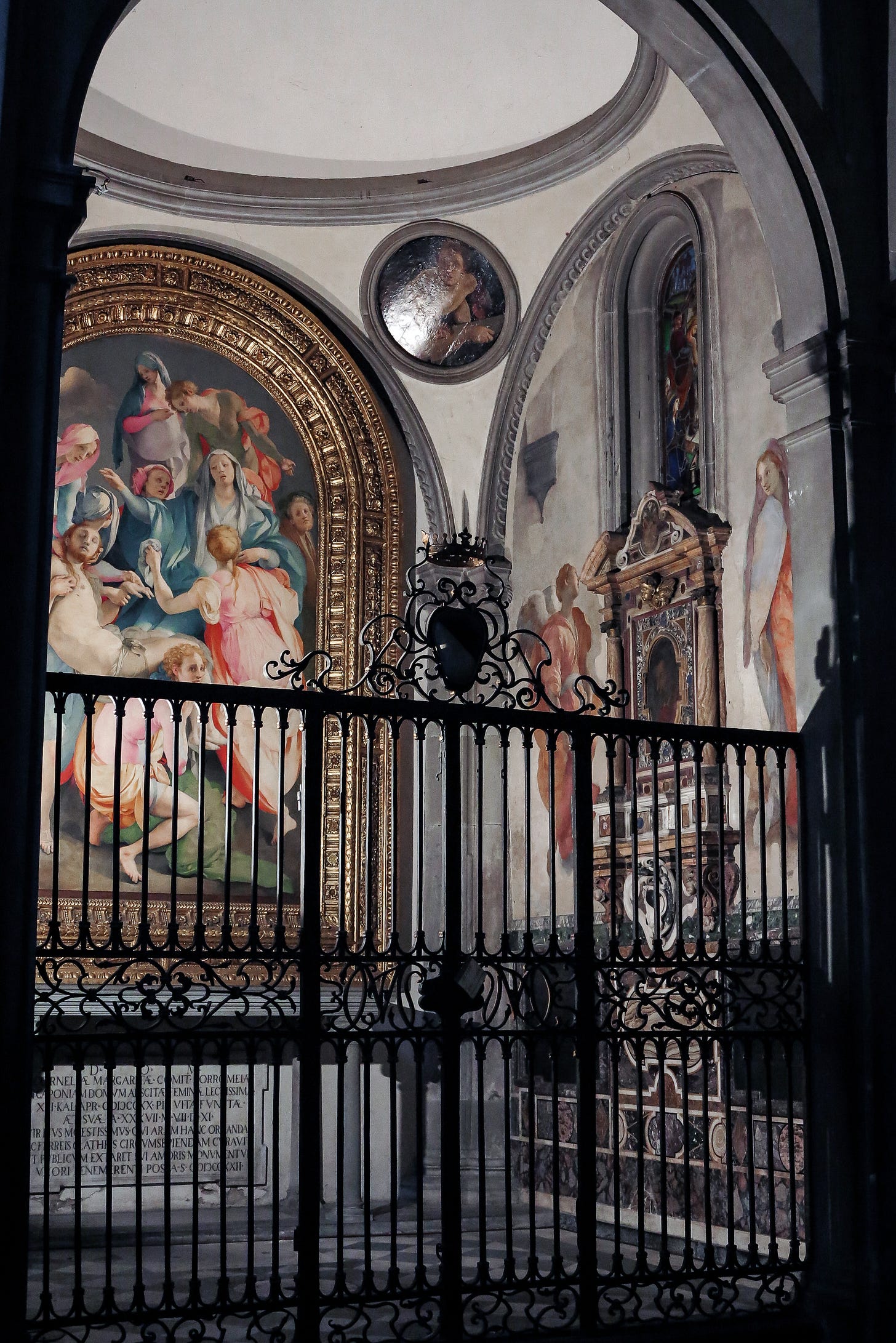
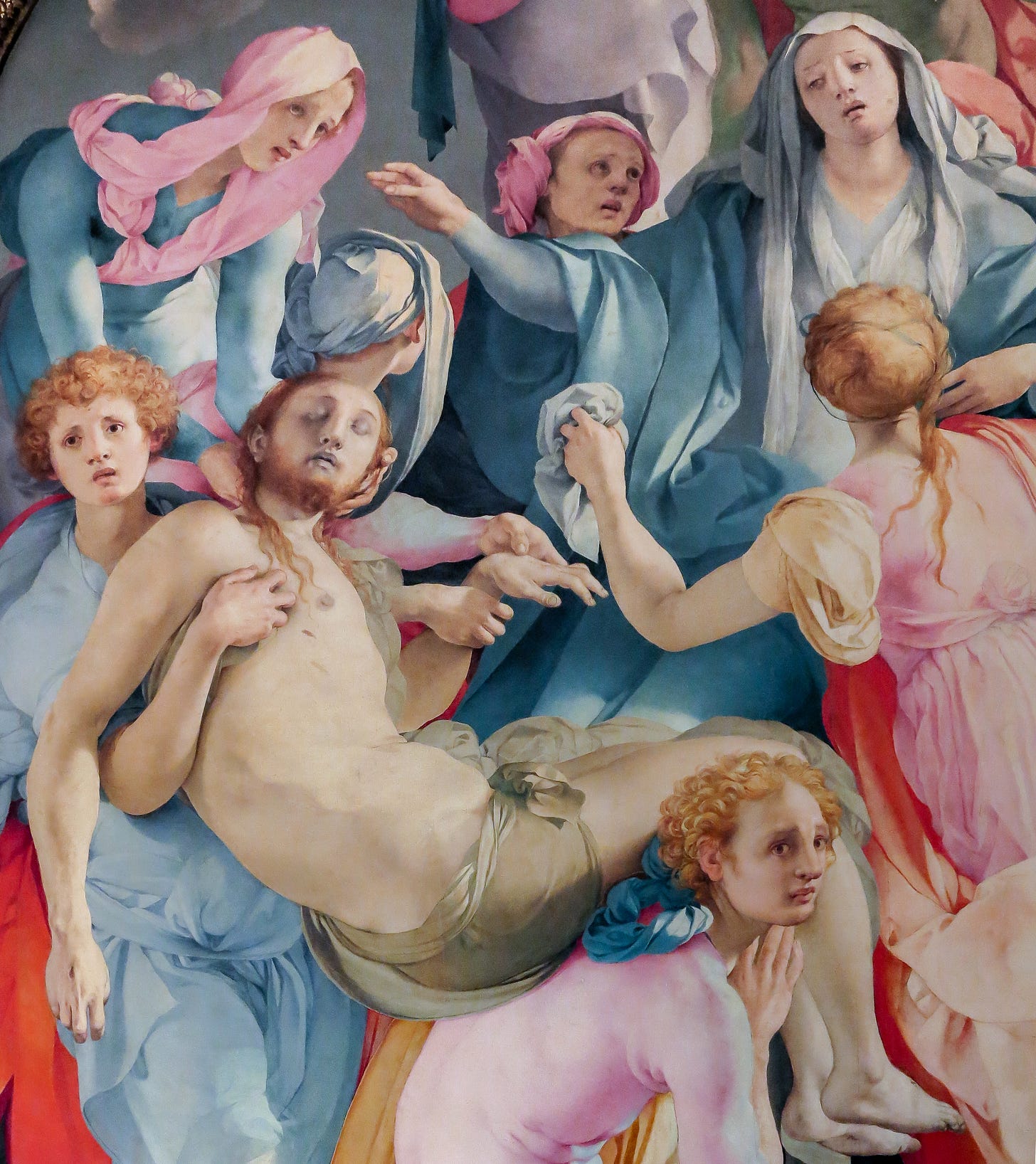
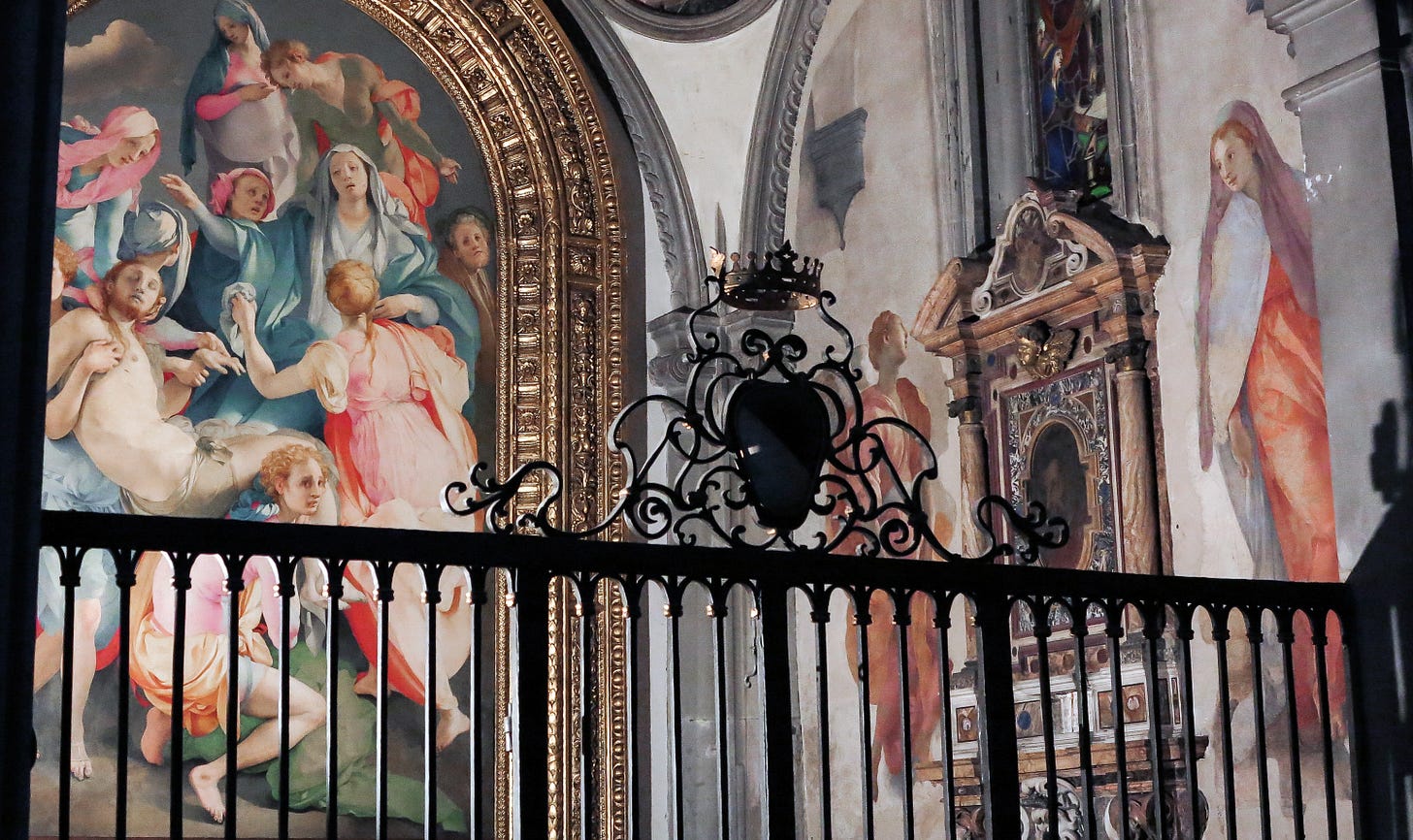
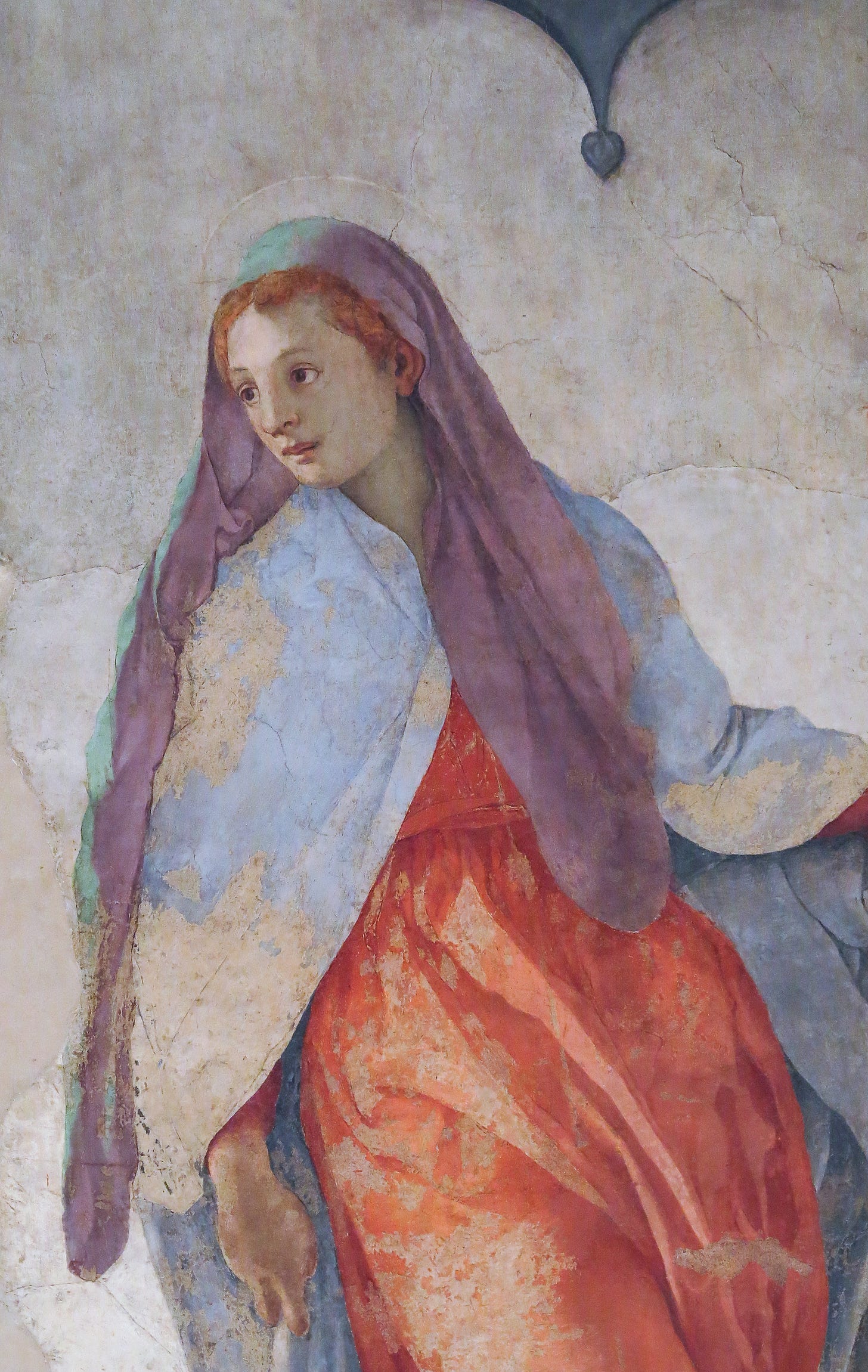
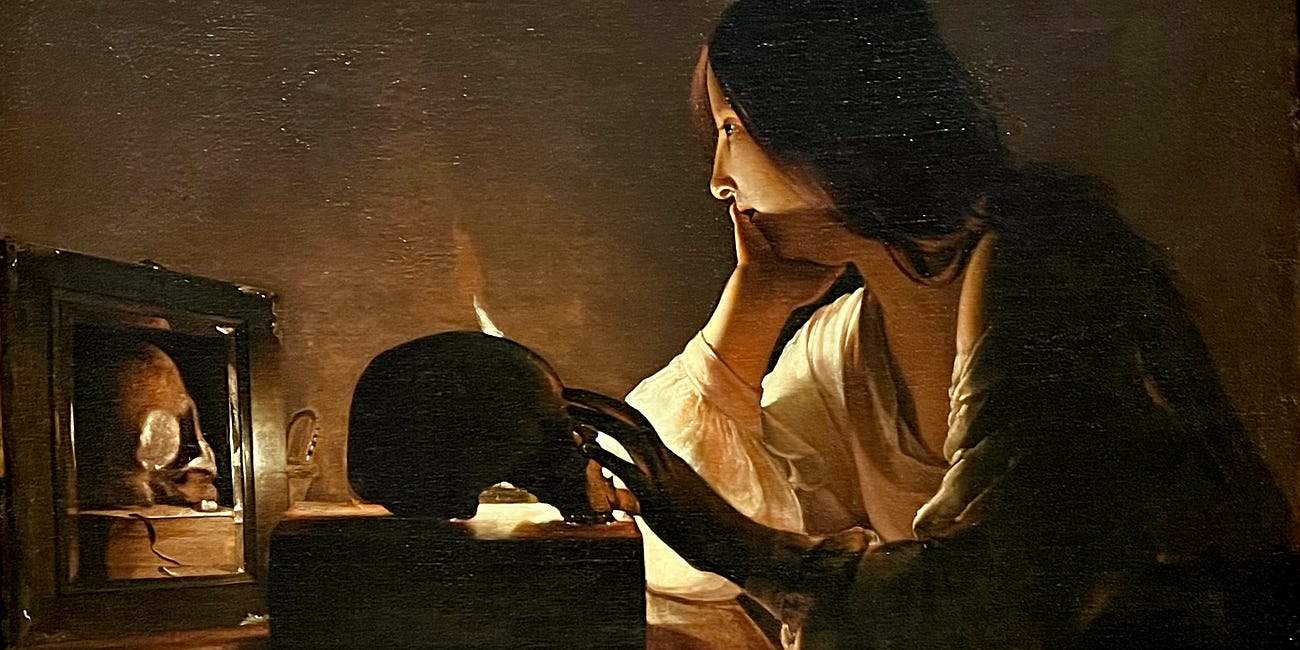
So good!